LinkedIn marketing has become increasingly important in recent years, and it is expected to continue to grow in 2025. With more than 700 million members worldwide, LinkedIn has become the go-to platform for B2B marketing, networking, and lead generation. As such, businesses need to stay on top of the latest trends to maximize their impact on the platform.
One of the most significant trends to watch in 2025 is the rise of video content on LinkedIn. Video content has been gaining traction for years, and its dominance will continue to grow in 2025. Platforms like YouTube, TikTok, and Instagram Reels have already shown the power of video, and LinkedIn is no exception. As such, businesses that incorporate video into their LinkedIn marketing strategy are likely to see significant engagement and growth.
Another trend to watch in 2025 is the increasing importance of influencer marketing on LinkedIn. Influencers can help businesses increase their reach and credibility on the platform, especially when targeting specific industries or niches. As such, businesses that partner with relevant influencers are likely to see a boost in their LinkedIn marketing efforts.
Key Takeaways
- Video content will continue to dominate LinkedIn marketing in 2025.
- Influencer marketing will become increasingly important for businesses on the platform.
- Data-driven marketing and personal branding will continue to be crucial for success on LinkedIn.
The Rise of Video Content on LinkedIn
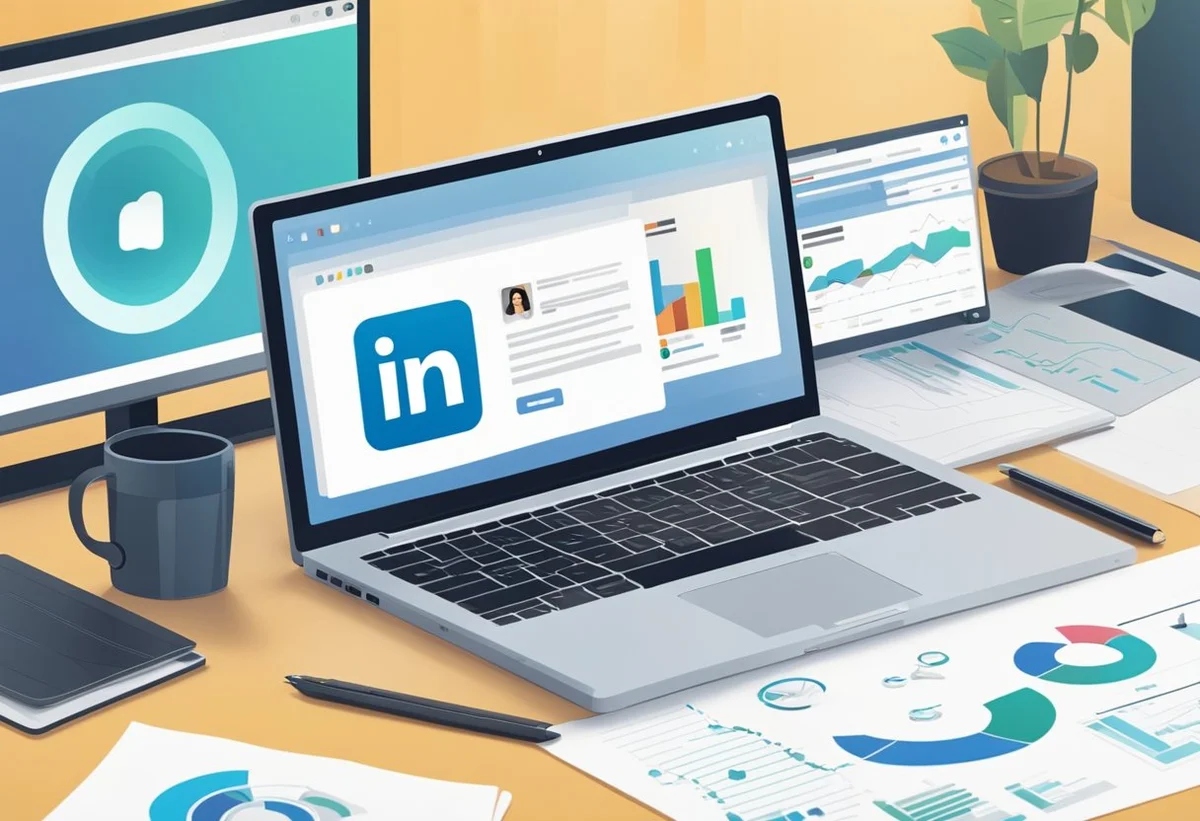
Short-Form Video Engagement
Short-form video content, such as those found on TikTok and Instagram Reels, has been gaining popularity over the years. According to research, videos will account for a whopping 82% of all consumer internet traffic by 2025, while video streaming will make up 91% of global internet traffic. LinkedIn users are an incredible 20 times more likely to share video content than any other type of post. This trend is expected to continue in 2025, with businesses utilizing short-form videos to showcase their products or services, share company culture, and connect with their audience on a more personal level.
Live Streaming Popularity
Live streaming has become an increasingly popular way for businesses to connect with their audience. In 2025, live video should be at the top of the list of video marketing trends to follow. Even as life is getting back to normal, consumer demand for live video content isn’t going away. Live streaming is an excellent way to showcase events, product launches, and behind-the-scenes content. It allows businesses to connect with their audience in real time, answer questions, and provide valuable insights.
Overall, video content is expected to dominate LinkedIn marketing in 2025, with short-form videos and live streaming leading the way. By utilizing these video marketing trends, businesses can connect with their audience on a more personal level, showcase their products or services, and increase engagement.
Influencer Marketing on LinkedIn
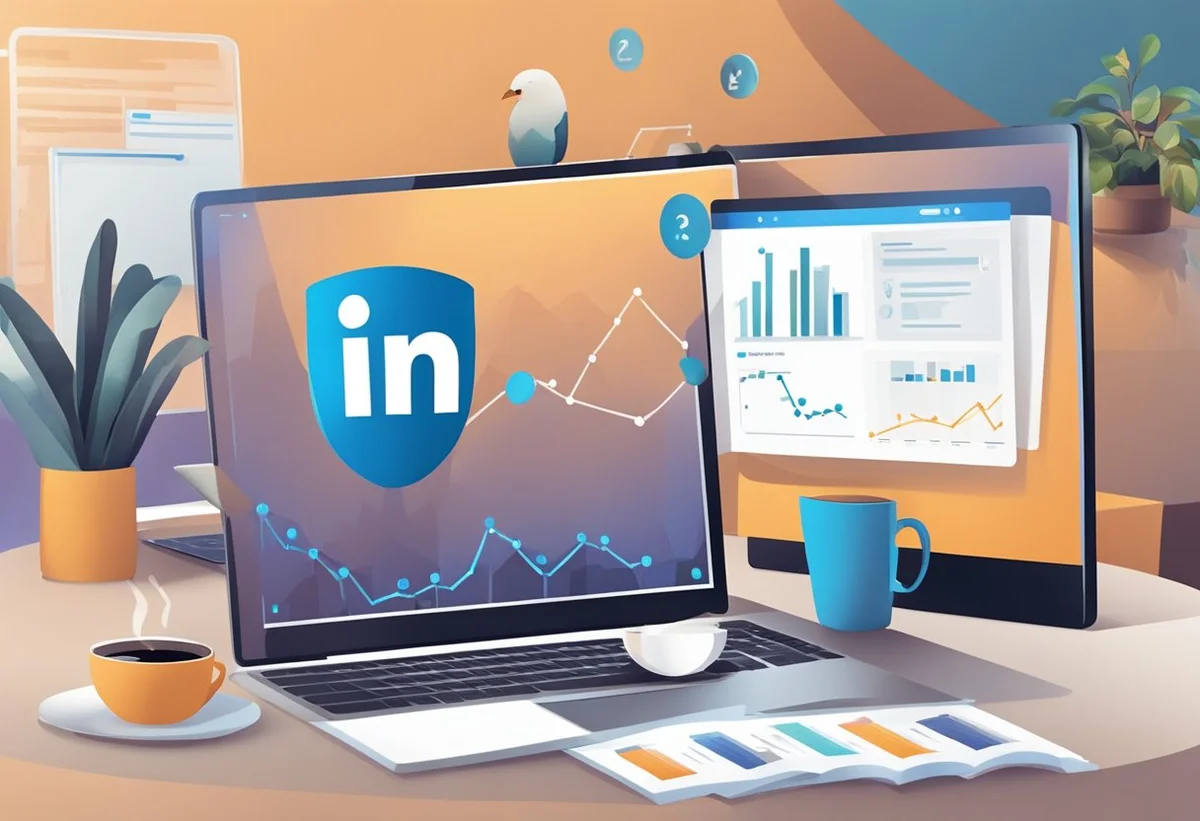
B2B Influencer Collaborations
In 2025, B2B influencer collaborations on LinkedIn are expected to increase significantly. With the rise of micro-influencers and niche experts, businesses can partner with influencers who have a smaller but highly engaged audience. These influencers can help businesses reach their target audience more effectively and authentically.
Moreover, LinkedIn’s new Creator mode allows users to showcase their expertise and build their personal brand. This feature can be leveraged by businesses to collaborate with influencers who have established themselves as thought leaders in their industry.
Measuring Influencer Impact
Measuring the impact of influencer collaborations is crucial for businesses to determine the ROI of their marketing efforts. In 2025, businesses on LinkedIn are expected to use more sophisticated metrics to measure the impact of influencer collaborations.
Apart from vanity metrics like likes and shares, businesses will focus on metrics that demonstrate the effectiveness of influencer collaborations in driving conversions and revenue. These metrics could include click-through rates, lead generation, and sales attribution.
In conclusion, influencer marketing on LinkedIn is set to evolve significantly in 2025. Businesses that leverage the power of influencer collaborations and use sophisticated metrics to measure their impact can stay ahead of the curve and achieve their marketing goals on the platform.
LinkedIn Algorithm Changes and Content Strategy
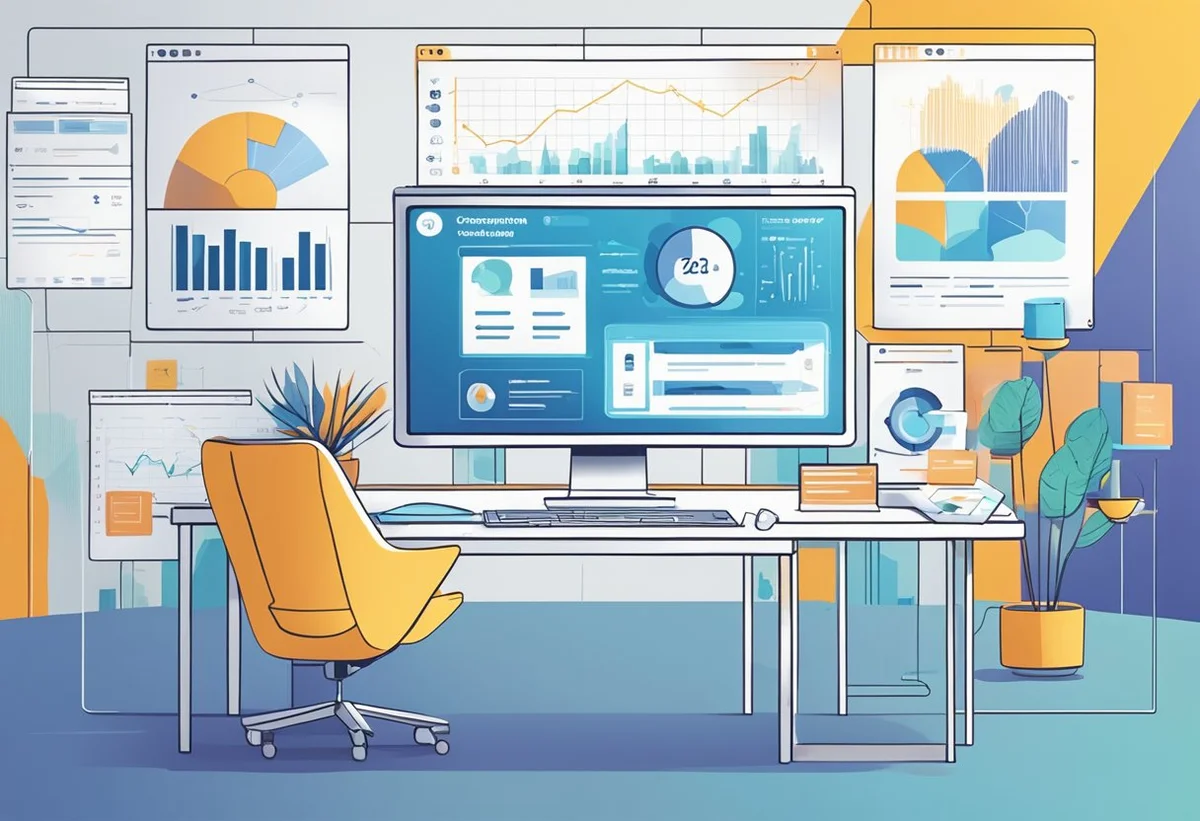
Content Types Favored by the Algorithm
LinkedIn’s algorithm changes prioritize content that shares knowledge or advice and strengthens connections among people who know each other. Therefore, it is crucial to create content that is informative, educational, and relevant to your audience. Video content is also predicted to dominate content marketing in 2025, so marketers should consider incorporating video into their content strategy.
Strategies for Increased Organic Reach
To increase organic reach on LinkedIn, marketers should focus on building a strong network of connections and engaging with their followers. Posting consistently and at optimal times can also improve visibility. It is also essential to optimize content for search by using relevant keywords and hashtags. Finally, leveraging LinkedIn Groups can help marketers reach a more targeted audience and generate more engagement.
In conclusion, marketers must adapt their content strategy to LinkedIn’s algorithm changes in 2025 by creating informative and educational content, incorporating video, building a strong network, engaging with followers, optimizing content for search, and leveraging LinkedIn Groups.
Advancements in LinkedIn Ad Technologies
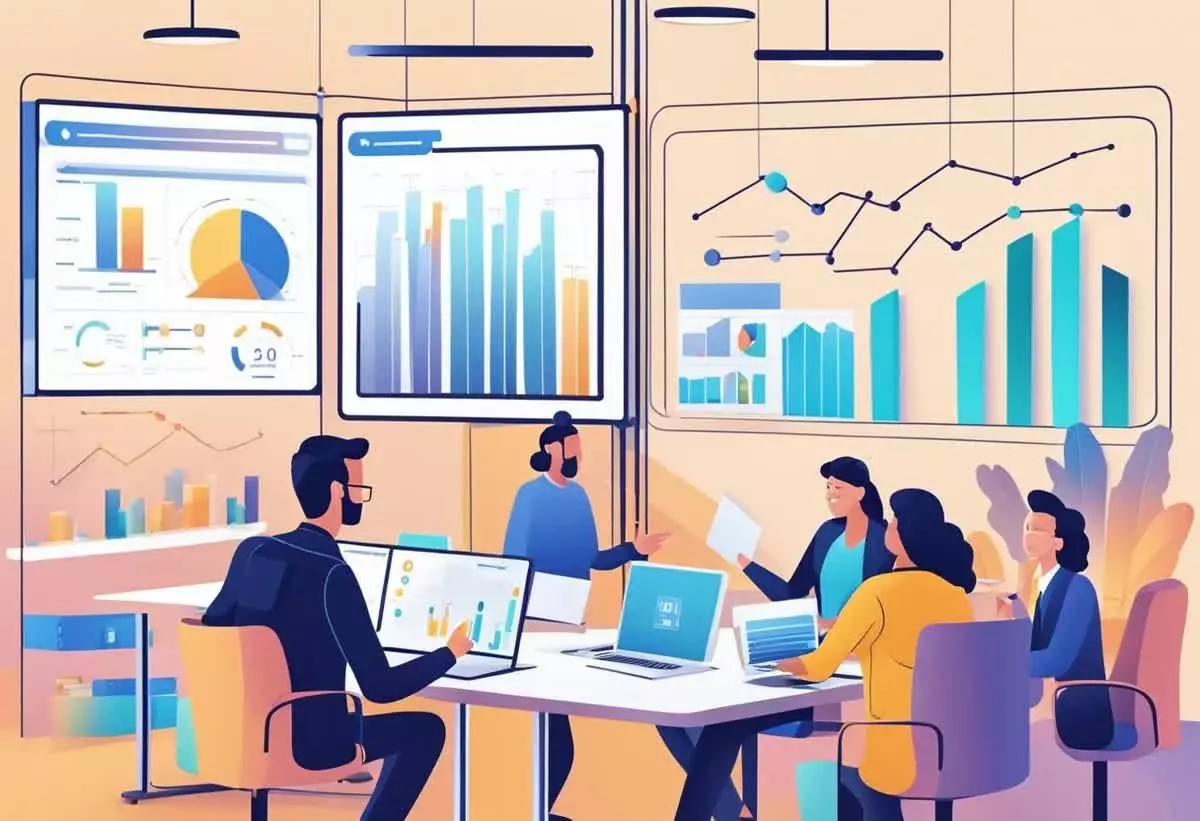
AI-Driven Targeting Options
LinkedIn has been using artificial intelligence (AI) to provide more accurate targeting options for businesses. With AI-driven targeting options, businesses can target their ads to specific audiences based on their interests, job titles, and other relevant data. This helps businesses to reach their target audience more effectively and improve their ad performance.
Moreover, LinkedIn’s AI algorithms can analyze the performance of ad campaigns and suggest changes to improve their effectiveness. This means that businesses can optimize their ad campaigns based on real-time data and make data-driven decisions to improve their ROI.
Interactive Ad Formats
LinkedIn has also been introducing more interactive ad formats to provide businesses with more engaging advertising options. For example, LinkedIn’s new Conversation Ads allow businesses to create interactive messages that can be customized based on the recipient’s profile data. This helps businesses to create more personalized ad experiences that can improve engagement and drive conversions.
Additionally, LinkedIn’s new Video Ads allow businesses to create more engaging video content that can be used to promote their products or services. With Video Ads, businesses can tell their brand story in an engaging and memorable way, which can help to improve brand awareness and customer engagement.
In summary, LinkedIn’s advancements in ad technologies are providing businesses with more effective and engaging advertising options. By leveraging these technologies, businesses can improve their ad performance and drive more conversions on the platform.
Data-Driven Marketing on LinkedIn

Leveraging LinkedIn Analytics
One of the key benefits of LinkedIn marketing is the ability to track and measure the performance of your campaigns using LinkedIn Analytics. This powerful tool provides a wealth of data on the performance of your content, including engagement rates, click-through rates, and conversion rates.
By leveraging LinkedIn Analytics, businesses can gain valuable insights into their target audience, including their interests, behaviours, and preferences. This information can be used to refine your marketing strategies and create more targeted and effective campaigns.
Predictive Analytics and Customer Insights
In addition to traditional analytics, LinkedIn also offers predictive analytics and customer insights. These tools use machine learning algorithms to analyze user data and provide insights into the behaviour and preferences of your target audience.
By leveraging predictive analytics and customer insights, businesses can gain a deeper understanding of their target audience and create more personalized and effective marketing campaigns. This can help to increase engagement rates, improve conversion rates, and ultimately drive more revenue for your business.
Overall, data-driven marketing on LinkedIn is a powerful strategy that can help businesses to optimize their marketing efforts and drive more revenue. By leveraging the wealth of data and insights available on the platform, businesses can gain a deeper understanding of their target audience and create more targeted and effective campaigns.
Personal Branding and Thought Leadership
 Building Personal Brand Equity
Building Personal Brand Equity
Personal branding is an essential part of LinkedIn’s marketing strategy. In 2025, building personal brand equity will become even more critical as competition increases. Personal brand equity is the value of a personal brand, which is determined by the perception of others. It is crucial to establish a strong personal brand on LinkedIn to make a lasting impression on potential employers, clients, and partners.
To build personal brand equity, one must focus on creating a unique and compelling brand identity that aligns with their values, skills, and expertise. This can be achieved by creating a consistent brand message across all LinkedIn profiles, including the profile picture, headline, summary, and experience sections. Additionally, one can leverage LinkedIn’s features such as LinkedIn Stories, LinkedIn Live, and LinkedIn Events to showcase their personality and expertise.
Thought Leadership Content Trends
Thought leadership content is content that showcases an individual’s expertise and insights on a particular topic. In 2025, thought leadership content will continue to be a crucial aspect of LinkedIn marketing. Creating thought leadership content can help establish credibility, build trust, and attract potential clients and partners.
To create effective thought leadership content, one must stay up-to-date with the latest industry trends and provide valuable insights and perspectives on those trends. Video content is predicted to dominate content marketing in 2025, and LinkedIn’s native video feature is an excellent way to share thought leadership content. Additionally, one can leverage LinkedIn’s publishing platform to share long-form content, such as articles and whitepapers, to establish themselves as thought leaders in their respective fields.
In summary, building personal brand equity and creating thought leadership content are two critical aspects of LinkedIn marketing in 2025. By creating a strong personal brand and sharing valuable insights and perspectives, individuals can establish themselves as thought leaders and attract potential clients and partners.
Employee Advocacy and Corporate Branding

Encouraging Employee Engagement
Engaged employees are more likely to promote their company’s brand on social media, and LinkedIn is no exception. According to a LinkedIn Business report, only 13% of employees worldwide are engaged. Therefore, companies need to create an employee engagement program that encourages employees to share content and engage with their network.
One way to encourage employee engagement is to provide employees with relevant and interesting content to share on their LinkedIn profiles. Companies can also create an employee advocacy program that rewards employees for sharing content and engaging with their network.
Leveraging Employee Networks for Brand Reach
Employee advocacy can be a powerful tool for increasing a company’s brand reach on LinkedIn. According to a Hinge Research Institute report, nearly 64% of advocates in a formal program credited employee advocacy with attracting and developing new businesses.
To leverage employee networks for brand reach, companies need to provide employees with the tools and resources they need to share content and engage with their network. This can include providing employees with pre-approved content to share, as well as training on how to effectively engage with their network.
Overall, employee advocacy is an effective strategy for increasing a company’s brand reach on LinkedIn. By encouraging employee engagement and leveraging employee networks, companies can increase their visibility and attract new business.
Privacy and Data Security in LinkedIn Marketing
 Adapting to Privacy Regulations
Adapting to Privacy Regulations
In 2025, privacy regulations will continue to shape the way marketers approach LinkedIn marketing. As third-party cookies phase out, brands will accelerate their embrace of first-party data and AI-driven personalization. It is important for marketers to adapt to these changes and ensure that their LinkedIn marketing strategies comply with privacy regulations.
One way to adapt to privacy regulations is by implementing a privacy policy that outlines how personal data is collected, used, and shared. This policy should be easily accessible to users and should be updated regularly to reflect any changes in privacy regulations. Additionally, marketers should obtain explicit consent from users before collecting and using their personal data.
Secure Data Management Practices
Secure data management practices are essential for protecting user data and maintaining the trust of LinkedIn users. Marketers should implement secure data management practices, such as encryption, to protect user data from unauthorized access and ensure that data is stored securely.
It is also important for marketers to regularly audit their data management practices to ensure that they are in compliance with privacy regulations. This includes regularly reviewing data access controls, data retention policies, and data deletion procedures.
Overall, adapting to privacy regulations and implementing secure data management practices will be essential for LinkedIn marketers in 2025. By doing so, marketers can protect user data and maintain the trust of LinkedIn users, while still leveraging the power of AI-driven personalization to drive engagement and conversions.
Integration of LinkedIn with Other Marketing Channels

Cross-Channel Marketing Strategies
Cross-channel marketing is a strategy that involves using multiple channels to reach customers. This approach ensures that the message is delivered to the right audience at the right time. LinkedIn is an ideal platform for cross-channel marketing because it allows businesses to target specific audiences based on their job titles, industry, and other demographic information.
One effective cross-channel marketing strategy is to use LinkedIn in conjunction with email marketing. By integrating LinkedIn with an email marketing platform, businesses can send personalized emails to LinkedIn connections. This approach can help to build stronger relationships with customers and prospects.
Another cross-channel marketing strategy is to use LinkedIn in conjunction with social media advertising. By targeting LinkedIn audiences with social media ads, businesses can increase their reach and engagement. This approach can be particularly effective for B2B businesses that are targeting specific industries or job titles.
LinkedIn’s Role in Omnichannel Marketing
Omnichannel marketing is a strategy that involves creating a seamless experience for customers across multiple channels. LinkedIn can play a crucial role in omnichannel marketing by providing businesses with a way to connect with customers and prospects in a professional setting.
One way to incorporate LinkedIn into an omnichannel marketing strategy is to use it as a hub for customer engagement. By using LinkedIn to communicate with customers across multiple channels, businesses can create a consistent and personalized experience for each customer.
Another way to use LinkedIn in an omnichannel marketing strategy is to integrate it with a customer relationship management (CRM) system. By syncing LinkedIn data with a CRM system, businesses can gain a deeper understanding of customer behaviour and preferences. This can help to inform marketing strategies across all channels.
In conclusion, LinkedIn is an essential tool for businesses that want to create effective cross-channel and omnichannel marketing strategies. By using LinkedIn in conjunction with other marketing channels, businesses can reach a wider audience and create a more personalized experience for each customer.
Conclusion
In conclusion, LinkedIn is expected to remain a dominant force in the world of social media marketing in 2025. With over 950 million members worldwide, the platform offers unparalleled opportunities for businesses to connect with their target audience and build their brand.
One trend that is expected to continue in 2025 is the dominance of video content. Platforms like YouTube, TikTok, and Instagram Reels are gaining traction, and marketers should be prepared to create engaging video content that resonates with their audience.
Another trend to watch for is the increasing importance of personalization. With so much content available online, businesses that can tailor their messaging to the individual needs and interests of their target audience are more likely to succeed.
Finally, businesses should be prepared to embrace emerging technologies such as AI and machine learning. These technologies can help businesses to automate repetitive tasks, analyze data more effectively, and deliver more targeted marketing campaigns.
By staying abreast of these trends and continuing to innovate, businesses can create effective LinkedIn marketing strategies that help them to achieve their goals and stay ahead of the competition.
🚀 Ready to enhance your visibility on social media and achieve concrete results? Our reputable social media marketing firm in Malaysia provides bespoke strategies and proven expertise to propel your success in the dynamic landscape of online networking.
Frequently Asked Questions
How has the LinkedIn algorithm changed to affect content visibility in 2025?
LinkedIn’s algorithm has become more sophisticated in 2025. It now prioritizes content that generates engagement, such as likes, comments, and shares. The algorithm also takes into account the relevance of the content to the user’s interests and the quality of the content. To optimize content visibility, marketers need to create high-quality, engaging content that resonates with their target audience.
What are the emerging LinkedIn features for B2B marketing in 2025?
LinkedIn is constantly evolving to meet the needs of its users. In 2025, some emerging features for B2B marketing include LinkedIn Live, LinkedIn Events, and LinkedIn Stories. LinkedIn Live allows companies to broadcast live video content to their followers, while LinkedIn Events provides a platform for hosting virtual events. LinkedIn Stories are short, ephemeral videos that can be used to showcase company culture and behind-the-scenes content.
Which types of content are driving the most engagement on LinkedIn in 2025?
In 2025, video content continues to be a popular format for driving engagement on LinkedIn. However, other types of content that are driving engagement include long-form articles, infographics, and interactive content such as quizzes and polls. The key is to create content that is informative, engaging, and relevant to the target audience.
How are companies leveraging LinkedIn for employer branding in 2025?
Companies are using LinkedIn to showcase their company culture, values, and mission. They are also using the platform to highlight employee success stories and to share industry insights and thought leadership content. By showcasing their company culture and values, companies can attract top talent and build a strong employer brand.
What role does video content play in LinkedIn marketing strategies for 2025?
Video content continues to play a significant role in LinkedIn’s marketing strategies in 2025. Companies are using video to showcase product demos, thought leadership content, and behind-the-scenes glimpses of company culture. Video content can be used to build brand awareness, drive engagement, and establish thought leadership.
How is LinkedIn integrating with other digital marketing trends in 2025?
LinkedIn is integrating with other digital marketing trends such as personalization, account-based marketing, and influencer marketing. Personalization allows companies to tailor their content to specific audiences, while account-based marketing enables companies to target specific accounts with customized content. Influencer marketing is also becoming more prevalent on LinkedIn, with companies partnering with industry influencers to reach a wider audience.
- Content Marketing Trends In 2025: What to Expect - 8 December 2023
- Social Media Advertising Trends in 2025: What to Expect - 7 December 2023
- Copywriting Trends in 2025: What to Expect in the World of Marketing - 7 December 2023
 Singapore
Singapore  Singapore
Singapore Malaysia
Malaysia


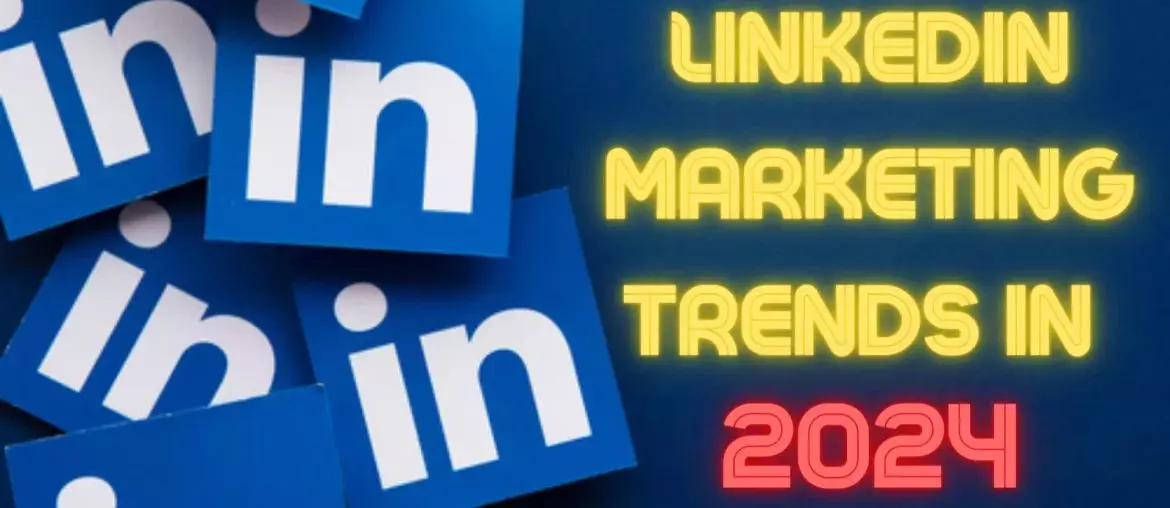
 Building Personal Brand Equity
Building Personal Brand Equity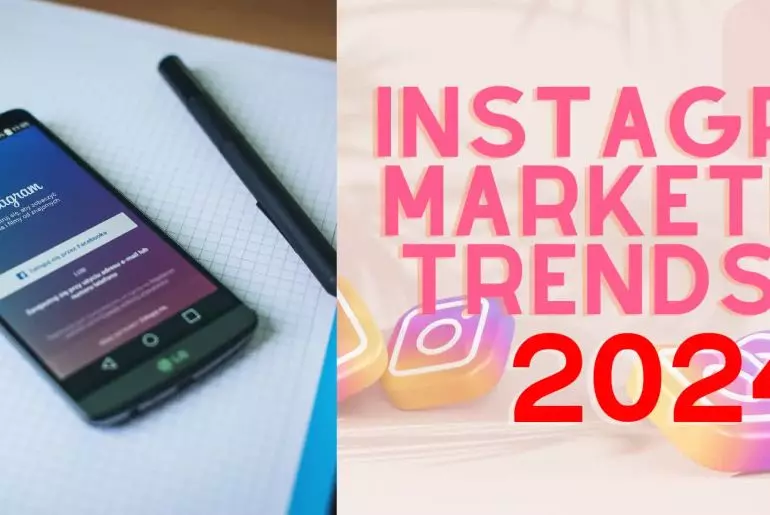
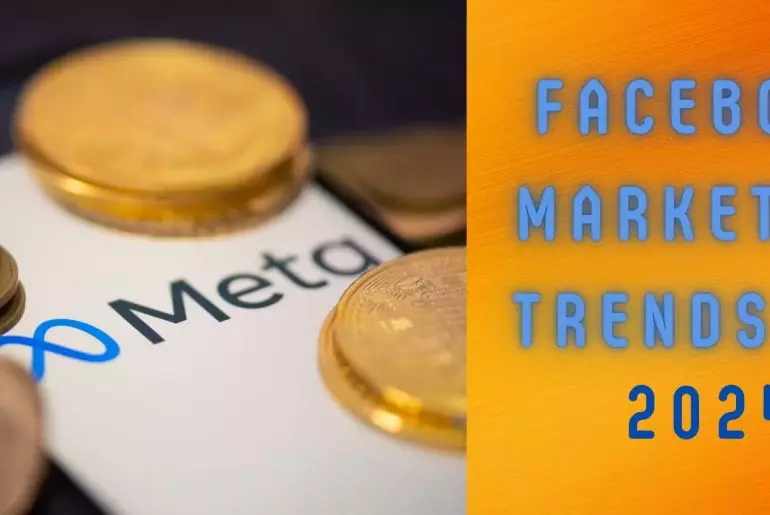
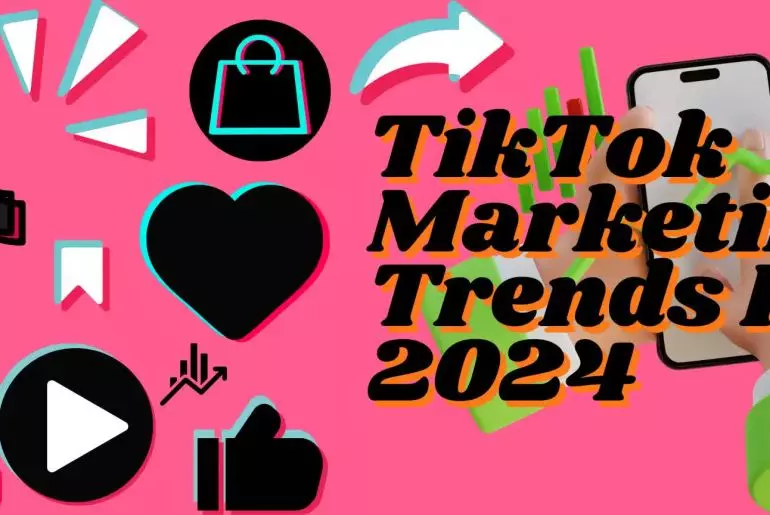
Comments are closed.